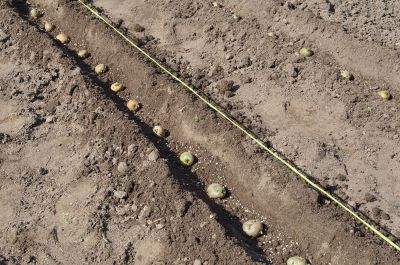While many homeowners choose to explore more intensive methods of producing vegetables, others may prefer more traditional growing techniques. Furrow gardening is a method that produces a beautiful garden, as well as high yields.
What is a Furrow?
In gardening, a furrow refers to a long narrow trench. These trenches can be used in a variety of ways, from planting to irrigation. The furrow method of planting is beneficial to growers in that it can make routine garden care and maintenance much easier. This is especially true in the case of large-scale farm plantings. Planting in furrows allows for more uniform rows. These rows are able to be weeded and irrigated simply and without the concern of disturbing growing plants. Irrigation furrows have also been celebrated for their ability to help maintain soil moisture and to improve water use during periods of drought.
How to Furrow a Garden
Furrow gardening is relatively simple. To begin the process of planting in furrows, growers will first need to select a well amended growing site. After selecting a location, use garden stakes and twine to mark long straight lines. Then, dig a trench along the length of the string that is roughly 2 inches (5 cm). deep. When planning the garden, be sure to account for appropriate spacing between each of the furrows depending upon what crops will be grown. When the trench is finished, sow the seeds and space them according to the package instructions. Gently cover the seeds with soil as directed. Carefully water the new planting until the seeds have germinated. Though planting in furrows may not be the most efficient use of space in the garden, it will help to make its care easier. From pest control to harvest, crops growing in straight rows can save time, as well as increase the efficiency of the garden.
